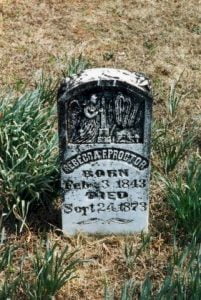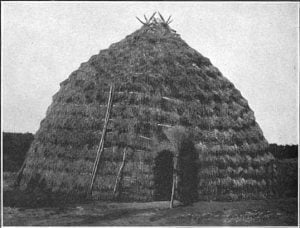Courtney, Alva
Alva Courtney, 90, of Sweet Home, died Feb. 14, 2005. A graveside service was held today at the North Powder Cemetery. Workman & Steckley Funeral Chapel of Sweet Home handled the arrangements. Alva was born Dec. 10, 1914, in Anadarko, Okla., to Joseph and Myrtle English Courtney. He married Pauline Coates on Aug. 7, 1937, in Haines. She preceded him in death in 1972. He served in the U.S. Army in World War II. Alva is survived by his daughter and son-in-law, Juanita and Nick Hutchins of Sweet Home; two grandsons, Jeff Hutchins and his wife, Sally, of Lebanon and … Read more



